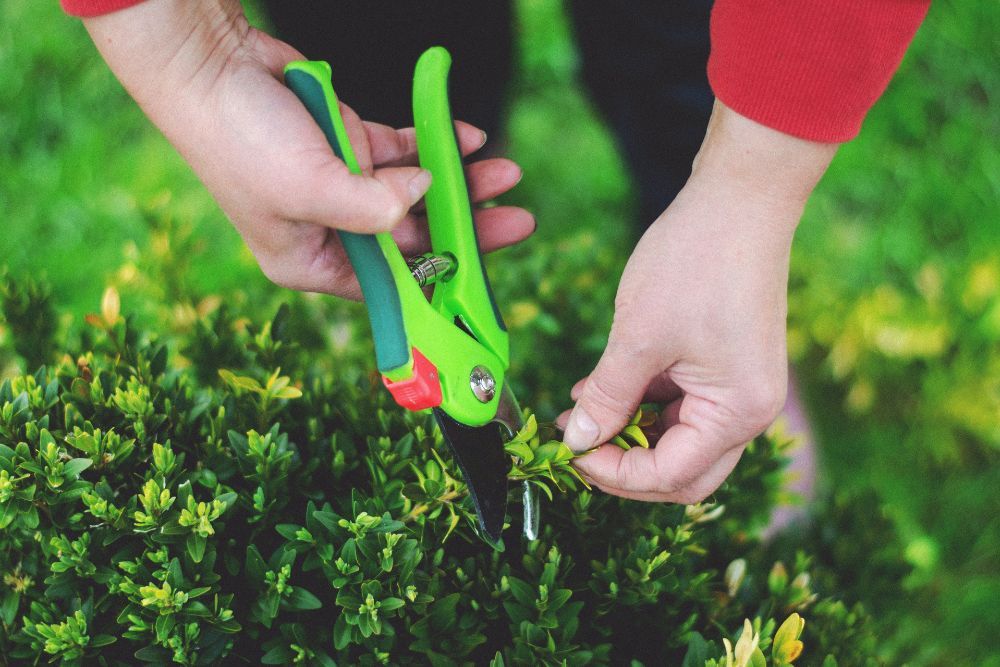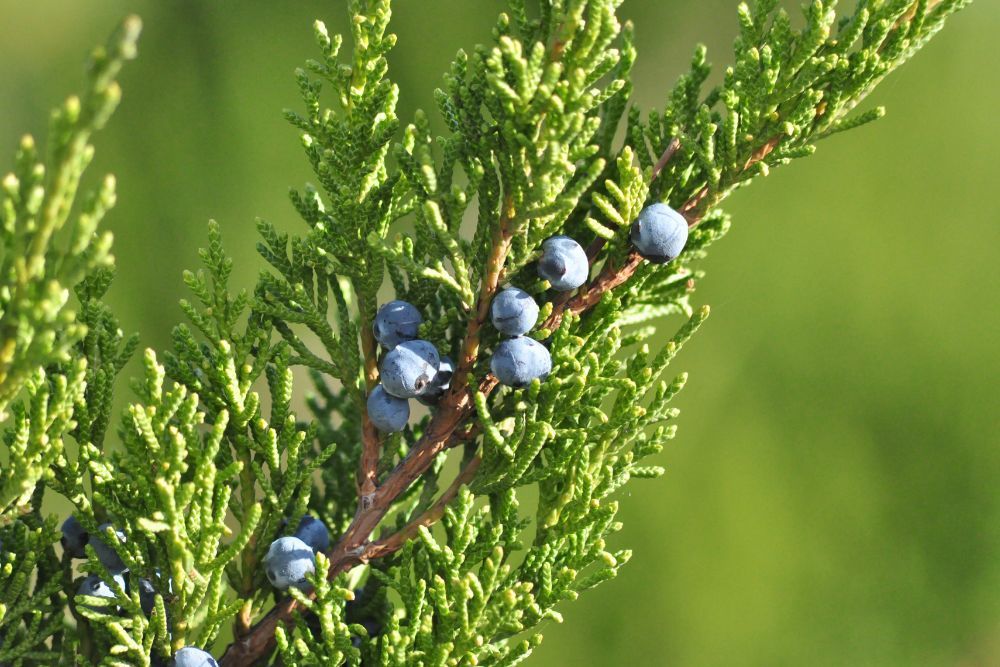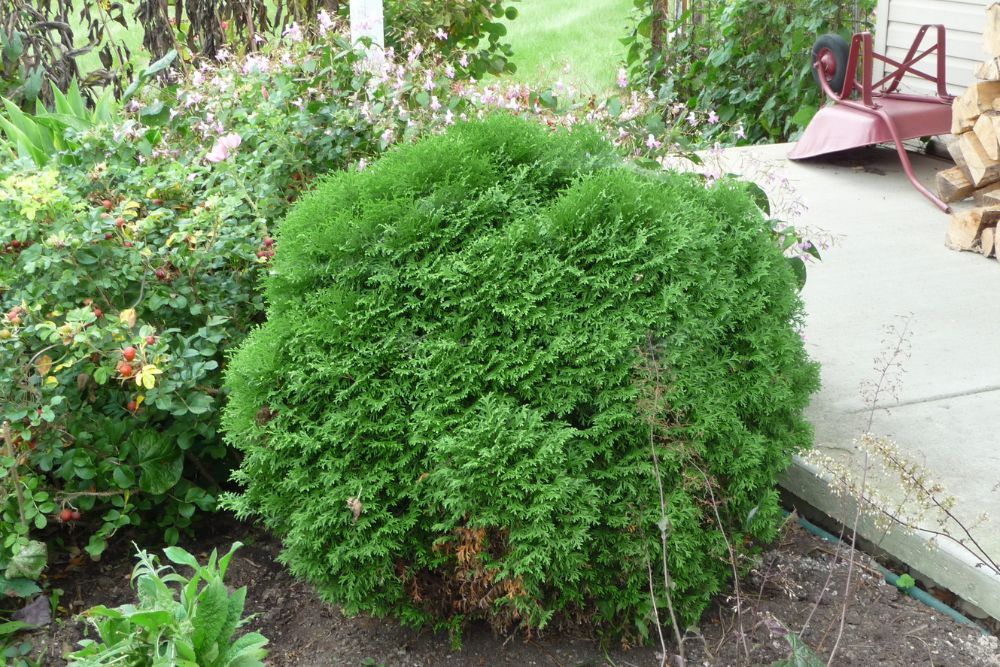When early spring arrives, it's time to hop like a bunny and get back into the garden! After the patient days of indoor gardening, spring means you can finally head back outside and enjoy sunnier days with warming temperatures. To kick off your garden projects for the growing season it's a great idea to begin pruning certain shrubs.
Pruning will benefit your shrubs by removing dead branches and foliage, maintaining the shape of your hedges, and encouraging flowering. Find out which five shrubs you can begin to prune in early spring and start your garden on the right note this year!
Rose of Sharon
Image credits: RiverNorthPhotography via Canva
Rose of Sharon or Hibiscus syriacus, is a large shrub! It can reach as high as 12 feet tall and 10 feet wide. It is part of the hibiscus family and produces stunningly elegant flowers in rosy pinks and soft whites. It is best to prune this shrub in January through March, to encourage blooms in summer around June or July.
As a general rule, use a pair of hand pruners when pruning shrubs. Then, cut 1/2 inch in front of a bud that is facing outward. Ideally, angle the cut toward the ground to prevent water from pooling on the bud. Remember, you should never prune more than 25 percent of new growth in a year.
Pro Tip: If you'd like a few large blooms you can prune Rose of Sharon again in the late spring, removing two to three buds on each steam.
Boxwood
Image credits: Tamara Elnova via Unsplash
Boxwood or Buxus spp. is a trendy privacy shrub that can add a pop of greenery to your yard. You can prune this shrub from January to July or as soon as the temperatures in your area are above freezing. When pruning boxwood you will use a particular method called thinning.
You should thin a boxwood every year to keep it healthy. Otherwise, the central leaves within the shrub can yellow and die due to poor air circulation, leaving you with just a bit of foliage around the edge. To thin your boxwood, focus on pruning the branches on the outside of your shrub. Following the rule of thumb for pruning shrubs, cut back 1/2 inch before a bud, and never prune more than a quarter of the new growth.
Juniper
Image credits: Alexey Kurilovich via Unsplash
You can prune juniper or Juniperus spp. during early spring from January to March when temperatures are warmer than freezing. To prune juniper, start from the bottom up. First, focus on any branches that are longer than you would like. Trim these back until they are tucked underneath an overhanging branch of your ideal length.
When pruning, make the cut on an angle that just removes a few inches off the edge of the foliage tip. Juniper only produces new growth from the tips. Never prune where you can't see any needles growing. This area is mature wood and will not regrow.
Note: Remember, the base of your juniper evergreen shrub should always be wider than the top. This will ensure your shrub looks full and healthy.
Beautyberry
Image credits: bauhaus1000 via Canva
Beautyberry or Callicarpa spp., is a large deciduous shrub. As a deciduous shrub, it will lose its leaves in autumn. These shrubs are impressive in size and can grow anywhere from 4 to 10 feet tall and wide. They also have stunning branches that arch with exquisite clusters of purple and white berries in summer and fall.
You can prune beautyberry shrubs from January through March. Similar to the Rose of Sharon, its flowers grow in areas of new growth. So by pruning it in early spring you can encourage an abundant array of flowers.
This shrub responds well to two different styles of pruning. You can thin it like boxwood and prune just a few branches. Alternatively, you can use a renewal cut approach and cut the bush back entirely to a foot above the ground. This will prompt the bush to produce an abundance of flowers and berries.
Arborvitae
Image credits: F.D. Richards via Flickr
It is best to prune Arborvitae or Thuja occidentalis in early spring between January and March. Arborvitae shrubs are one of the most popular garden accents, and for good reason! They are hardy in zones 3 to 8 and make lovely natural privacy fences when you plant multiple shrubs in a row. They can also act as windbreaks to protect other plants in your backyard.
Generally, Arborvitae doesn't need a lot of pruning. The best way to prune them is to remove any damaged branches. Then, if you see branches that are growing longer than you would like simply trim them back, working your way from the bottom of the shrub to the top until you create your desired shape.
Note: Remember to only prune the branches where there are needles. Your shrub won't regrow in areas where you prune back to bare branches.
Prune Perfectly This Spring
Pruning in early spring is a great way to encourage blooms, spur new growth, and maintain the shapes of your shrubbery. Always check which pruning techniques are best for your particular shrub. Some shrubs can benefit from a drastic cut, like beautyberry, while others like Arborvitae and Juniper benefit from light pruning at the tips of branches. By following the pruning essentials for your shrubs, you'll soon be well on your way to a luscious gardening season!
Which shrubs do you prune in early spring? Share your pruning tips in the comments below and help other gardens successfully achieve a vibrant landscape!






